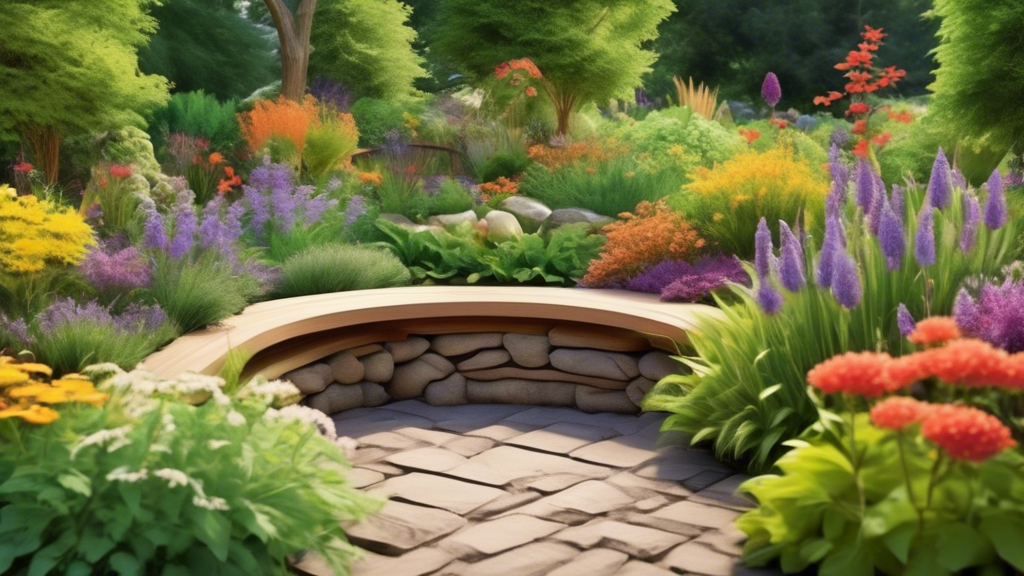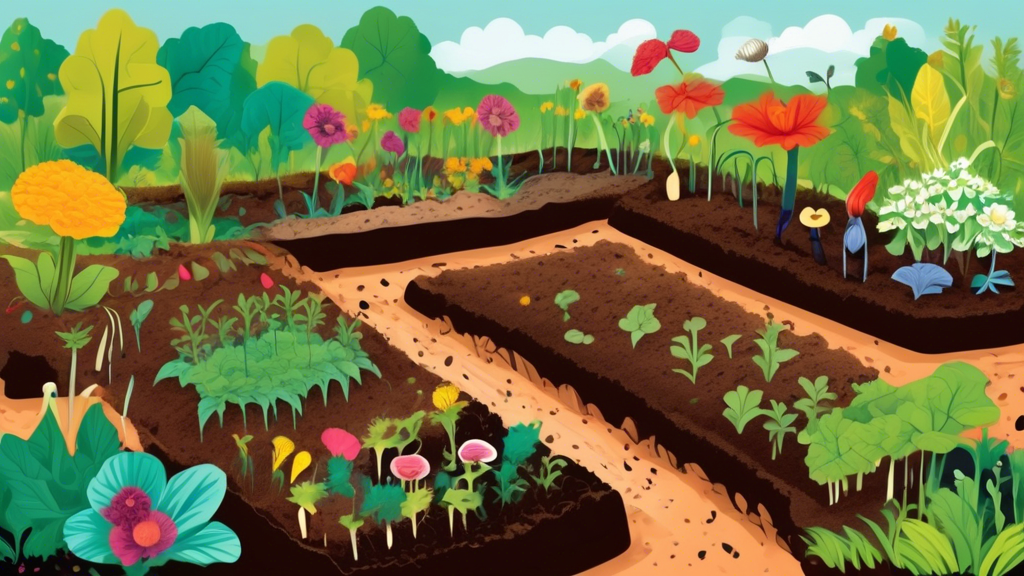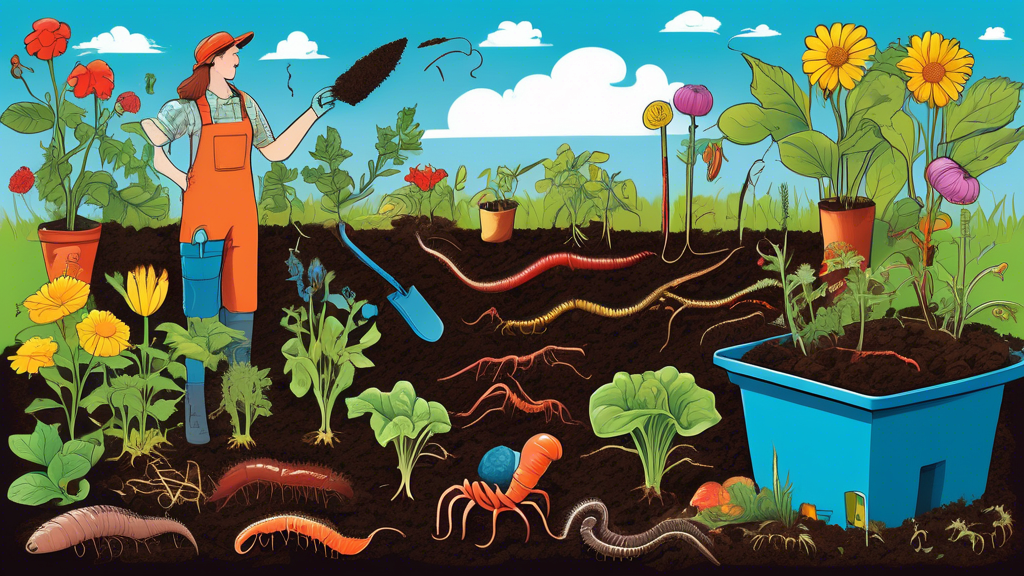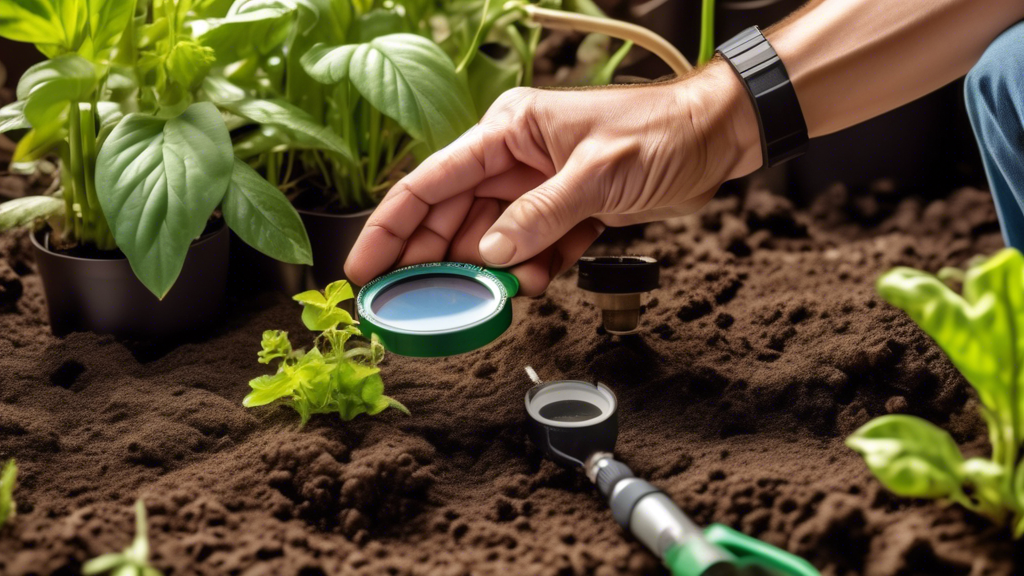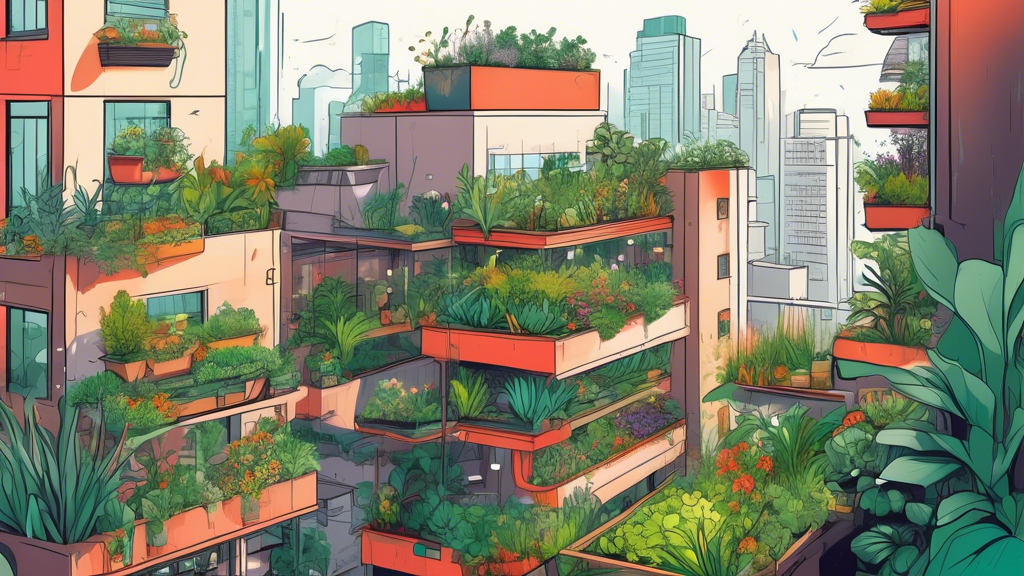
Bringing Permaculture Home: Transforming Small Urban Spaces
In a world increasingly dominated by concrete jungles, the yearning for green spaces and sustainable living has never been stronger, even for those residing in the heart of urban environments. The good news is, you don’t need sprawling acres to embrace the principles of permaculture. With a little creativity and ingenuity, even the smallest urban spaces, from balconies to backyards, can be transformed into thriving ecosystems that nourish both body and soul.
Understanding Permaculture: Beyond Just Urban Gardening
Before we delve into the practical techniques, let’s clarify what permaculture truly entails. More than just a fancy word for gardening, permaculture is a design philosophy centered around creating sustainable human settlements by mimicking the inherent patterns and relationships found in nature. It’s about working *with* nature, not against it, to create a closed-loop system where waste is minimized, resources are used efficiently, and the environment flourishes.
For urban dwellers, this translates into creating miniature ecosystems within their limited spaces. Think of it as designing your own little oasis where every element serves a purpose, contributing to the overall health and productivity of the space.
Urban Permaculture Techniques: Small Footprints, Big Impact
The beauty of permaculture lies in its adaptability. Whether you have a sunny balcony, a shady patio, or a compact backyard, there’s a range of techniques you can employ to create your own urban permaculture haven.
1. Vertical Gardening: Reaching New Heights
Limited ground space? No problem! Vertical gardening is your solution. By utilizing walls, fences, and even hanging planters, you can maximize your growing area exponentially.
* **Living Walls:** Transform bare walls into vibrant ecosystems with living walls. These vertical gardens not only produce food but also help insulate your home, reduce noise pollution, and improve air quality.
* **Trellises and Vertical Planters:** Ideal for vining plants like cucumbers, tomatoes, and beans, trellises and vertical planters add a touch of green while efficiently utilizing space.
* **Hanging Baskets:** Perfect for herbs, strawberries, and cascading flowers, hanging baskets add visual interest and maximize vertical space.
2. Container Gardening: Mobile and Versatile
Container gardening is the epitome of urban permaculture, offering flexibility and ease of management. From repurposed crates to stylish ceramic pots, the options are endless.
* **Choose the Right Containers:** Consider the plant’s needs and your space limitations. Ensure adequate drainage.
* **Potting Mix Matters:** Invest in high-quality, well-draining potting mix rich in organic matter.
* **Strategic Placement:** Group containers based on sunlight requirements for optimal growth.
3. Companion Planting: Nature’s Dynamic Duos
Just like humans, plants thrive in communities. Companion planting, the practice of growing specific plants together for mutual benefit, is a cornerstone of permaculture.
* **Pest Control:** Plant marigolds alongside tomatoes to deter nematodes. Basil repels flies and mosquitoes while attracting pollinators.
* **Growth Enhancement:** Beans fix nitrogen in the soil, benefiting neighboring plants. Carrots loosen the soil for onions and garlic.
* **Flavor Enhancement:** Planting basil near tomatoes is said to improve the flavor of both.
4. Water Harvesting: Every Drop Counts
In urban environments, water conservation is crucial. Implement simple water harvesting techniques to irrigate your urban oasis sustainably.
* **Rain Barrels:** Collect rainwater from rooftops in barrels for later use in your garden.
* **Greywater Systems:** With proper filtration, repurpose water from showers, sinks, and washing machines for irrigation (check local regulations first).
* **Ollas and Drip Irrigation:** These methods deliver water directly to the roots, minimizing evaporation and waste.
5. Composting: Turning Waste into Black Gold
Food scraps and yard waste don’t belong in landfills. Composting transforms organic waste into nutrient-rich black gold that fuels your urban garden.
* **Choose Your Composter:** Options include traditional compost bins, worm composting (vermicomposting), and bokashi composting, ideal for apartments.
* **Balance is Key:** Aim for a mix of green materials (nitrogen-rich, like food scraps) and brown materials (carbon-rich, like dried leaves).
* **Harness the Power of Worms:** Worms are composting champions, quickly breaking down organic matter into nutrient-rich castings.
6. Creating Microclimates: Outsmarting Urban Challenges
Urban areas often experience microclimates, with variations in temperature, wind, and sunlight. Permaculture teaches us to work with these microclimates to our advantage.
* **Windbreaks:** Strategic placement of shrubs or trellises can buffer against strong winds, protecting more delicate plants.
* **Sun Traps:** Utilize south-facing walls (in the Northern Hemisphere) to create sun traps that retain heat, extending the growing season.
* **Shade Structures:** In hot climates, provide shade for sun-sensitive plants using shade cloth, umbrellas, or strategically placed trees.
7. Attracting Beneficial Wildlife: Biodiversity in the City
Even in urban settings, you can encourage biodiversity by attracting beneficial creatures to your permaculture space.
* **Pollinator-Friendly Plants:** Plant flowers that attract bees, butterflies, and hummingbirds, ensuring your plants are pollinated and your garden thrives.
* **Bird Feeders and Baths:** Provide food and water sources to attract birds, which act as natural pest control by feasting on insects.
* **Insect Hotels:** Create habitats for beneficial insects like ladybugs and lacewings, which help control aphid populations.
The Rewards of Urban Permaculture: Beyond the Harvest
Embracing permaculture in your urban space goes beyond the tangible rewards of fresh produce. It’s about reconnecting with nature, fostering biodiversity, and contributing to a more sustainable future. Imagine stepping onto your balcony, surrounded by lush greenery, the gentle hum of bees, and the sweet scent of herbs, a peaceful sanctuary amidst the urban hustle.
Whether you have a sprawling backyard or a modest windowsill, the principles of permaculture offer a roadmap to transform even the smallest urban spaces into thriving ecosystems. It’s time to reconnect with nature, one seed, one container, one mindful step at a time.

